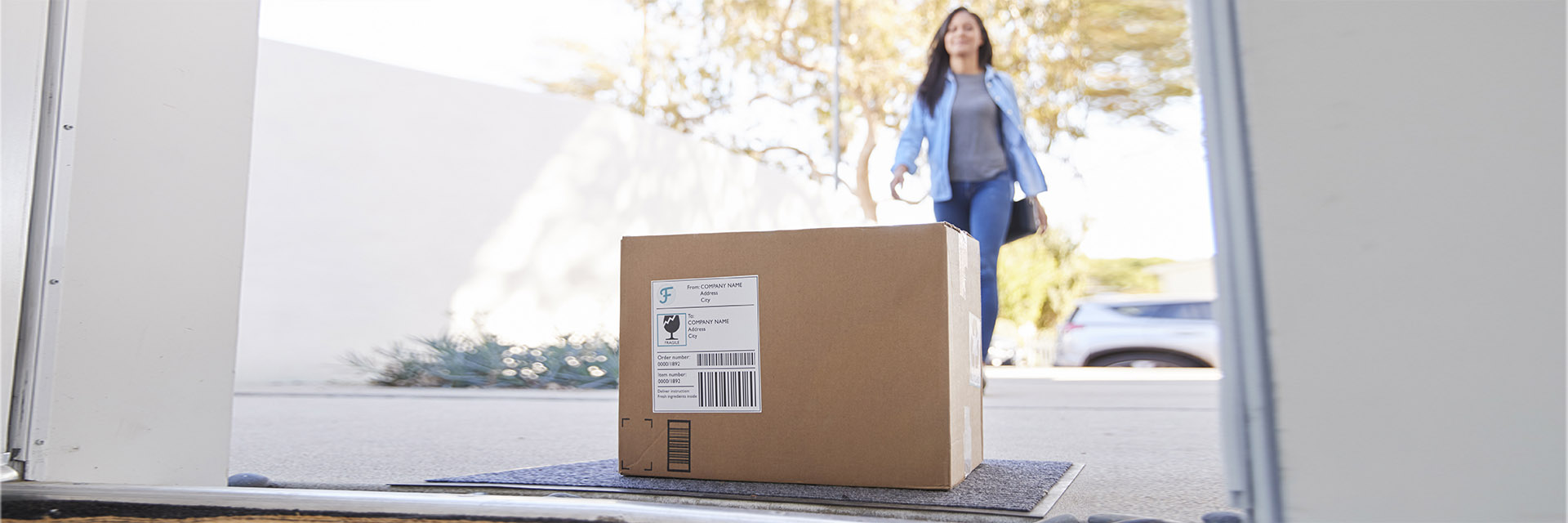Getting screened for colon and rectal cancer has long been something you had to undergo under the care and supervision of a physician with sedation and a somewhat unpleasant prep-process, not to mention needing to take the day off from work and finding someone who can drive you home after the procedure. To say the least, no one is really a fan of getting a colonoscopy — no matter how important and potentially lifesaving it can be.
In recent years, at-home screening tests have entered the market, providing a more convenient and comfortable alternative, but you may be wondering if you can trust the test results. And like many, you may also be wondering how exactly it works.
Jeff Hurley, M.D., a colorectal surgeon and physician on the medical staff at Texas Health Dallas, answers a few questions about those at-home kits and provides insight on the pros and cons.
What Are My Options?
While the Food and Drug Administration (FDA) has approved three types of at-home colorectal cancer screening tests, only two types are in wide use for their ease and effectiveness: fecal immunochemical test (FIT) and Cologuard.
The FIT uses antibodies to detect blood in the stool, and it’s about 79% accurate at detecting colon cancer. In addition to detecting blood in the stool, Cologuard looks for DNA markers of colon cancer and precancerous polyps, making it about 92% accurate at detecting colon cancer.
Both FIT and Cologuard are typically covered by most major insurers, but it’s best to always verify with your insurance provider beforehand.
How It Works
While the commercials may lead you to believe you can hop online and order a test to be shipped to your home just as easily as ordering a new pair of shoes, Hurley notes you do have to have a prescription. This can come from your doctor, or many sites do offer a prescription through telemedicine services.
As for how the test is administered, many tests will contain a special plastic bracket that will hold your sample container securely in the bowl of the toilet. In other cases, the test may provide a biodegradable bag that is large enough to fit over the bowl of the toilet and can be safely flushed after the sample is collected.
You’ll have a bowel movement into your sample container, then remove the provided swab to collect a sample. Depending on your test kit, you will either send just the swab back for analysis or both the swab and sample container.
You can then drop off your sample with the recommended shipping partner or set up a contactless pickup from your home. However, you do need to be mindful of timing. For best results, it’s best that the lab receives your sample as soon as possible, so plan your collection and shipment around Sundays or major holidays to avoid delays.
The Pros and Cons
Beyond the convenience of at-home testing, Hurley notes because of the non-invasive nature of the testing, more people may opt to get screened. And since only about half of Americans stick to the recommended screening schedule, making testing more accessible and less invasive can help more people get potentially lifesaving information as soon as possible so they can seek treatment if needed.
However, there are a few drawbacks. A study published in the Annals of Internal Medicine found that at-home fecal immunochemical tests (FIT) are effective for people considered to be at average risk of developing colorectal cancer, but they are not recommended for those at high-risk.
“Those with a previous history of colon cancer or polyps, a family history of colon cancer, a colon cancer genetic syndrome, or any disease that predisposes them to colon cancer, such as inflammatory bowel disease (IBD) should still receive a colonoscopy,” Hurley explains. “These risks will be discussed with your physician to decide if at-home tests are appropriate.”
Additionally, since polyps may not be bleeding at the time of testing, and the test relies on blood in the stool to detect cancer, patients may need to repeat the test annually or every three years based on physician recommendation and your insurance.
Hurley adds that if your test does come back positive, a follow-up colonoscopy is still required.
The Takeaway
Colorectal cancer is the third most common cancer and causes an estimated 50,000 deaths annually. But it’s also one of the most treatable forms of cancer — if detected early. While at-home testing is definitely better than no test at all, a colonoscopy still remains the most effective screening tool for colorectal cancer. Where at-home tests fall short is in the prevention of cancer by removing any polyps that could potentially turn into cancer if not taken care of.
“Remember that these tests are not as accurate as a screening colonoscopy, and if your at-home test comes back positive, whether it’s a false positive or not, a colonoscopy will still need to be done,” Hurley says. “Therefore, most patients would benefit most from a colonoscopy which is more accurate and allows precancerous polyps to be removed at the same time.”
Screening for colon cancer is currently recommended for those at an average risk of colorectal cancer beginning at age 45 and repeating every 10 years, or sooner based on risk. Find a gastroenterologist near you to speak with about digestive health or colon cancer screenings.

